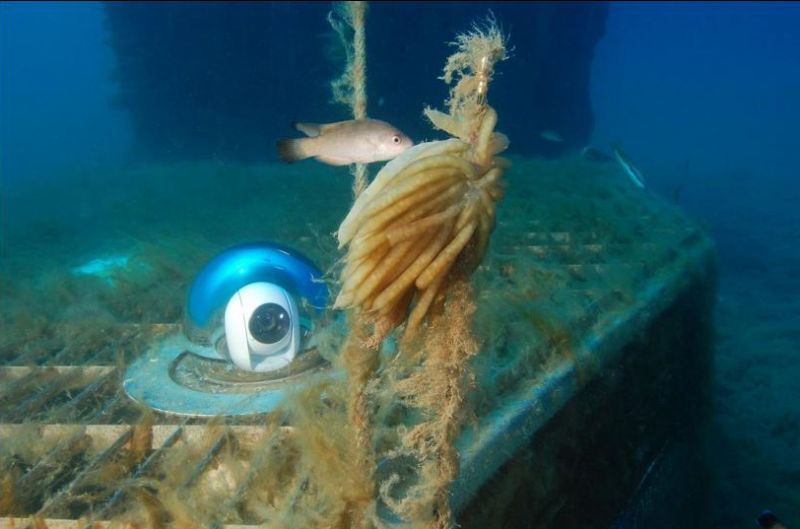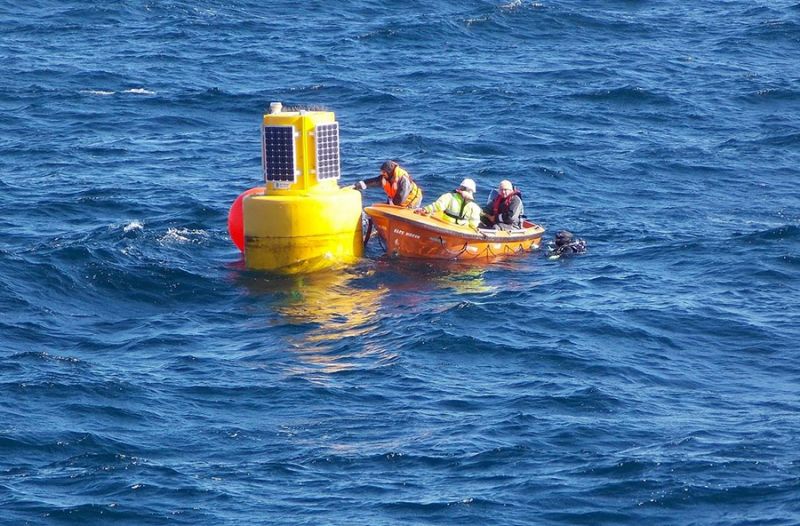Underwater Machines Keep an Eye on Climate Change
Published on by Water Network Research, Official research team of The Water Network in Technology
Thanks to these underwater machines researchers on the EU-funded FixO3 project are able to keep track of the growing CO2 and rising acidity levels in the water.
These researchers now keep track of the growing CO2 and rising acidity levels in the water where crustaceans and molluscs live thanks to a device in the Norwegian Sea which collects data round the clock from as deep as 2 000 metres.

Image courtesy of EMSO
Researchers are using sophisticated machines to track how our oceans are changing, from small cameras that can record high-definition videos of the ocean floor, to others that can detect earthquakes, measure temperature and pressure, and record sounds.

Image courtesy of EMSO
Data is transmitted from machines at the bottom of the ocean either through fibre optic cables or via buoys on the surface, which are linked to satellites. Scientists on land can then track this data, either in real time or with a delay depending on the system, and monitor pollution, climate change and even tsunamis over time.
While the machines do require regular maintenance, it means that researchers are able to study the long-term health of our oceans while cutting down on costly expeditions.
Some of the findings to come out of these observatories are expected to be included in future reports by the UN’s influential Intergovernmental Panel on Climate Change.
EMSO’s tools, such as one monitoring seismic activity and pressure on hydrothermal vents in the Mid-Atlantic Ridge, will also help the EU know if it has reached its goals of improving the health of Europe’s seas by 2020, as set out in the EU’s Marine Directive.
EMSO is also the European counterpart of initiatives in the US, Japan, China, Australia and other countries and will help with international collaboration in the Global Ocean Observing System, a worldwide effort to track changes in our waters.
Similar tools are being set up all around Europe as part of the European Multidisciplinary Seafloor and water-column Observatory (EMSO), which is part of the EU’s centrally coordinated research infrastructures, to measure how human activities affect our oceans and worsen climate change.
Sources: Robohub and Horizon Magazine
Media
Taxonomy
- Technology
- Ecosystem Management
- Data Management
- Marine
- Oceanographic Survey
- Ecosystem
- Data